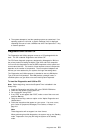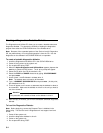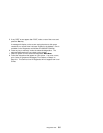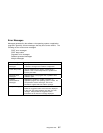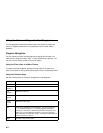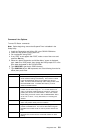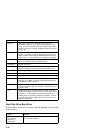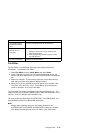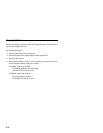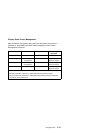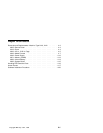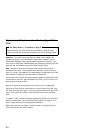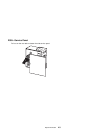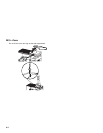
Cause Actions
No operating system
installed on the boot
drive.
Install an operating system on the boot drive.
The boot sector on the
start-up drive is
corrupted.
The drive must be formatted, do the following:
1. Attempt to access and recover (back-up) the
failing hard disk drive.
2. Using the operating systems programs, format
the hard disk drive.
The drive is defective. Replace the hard disk drive.
File Editor
The File Editor is an ASCII text editor that uses simple function key
commands. To access the File Editor:
1. Select File Editor from the
Utility Menu
; then press Enter.
2. Insert a diskette into Drive A or Drive B before selecting the file you
want to edit, then select the file you want to edit from the Files selection
box.
3. Make your changes. The arrow keys move the cursor within the text
area and the function keys perform editing functions.
4. When you are done, press F2 to view file options such as New, Load
File, Save, Save As, Print, or Exit. Press Esc to go to the previous
screen or selection, or to exit the file editor.
The PC-Doctor File Editor is designed to help edit configuration files. The
largest file that can be edited is 32000 bytes or 4000 lines whichever limit is
met first. Lines can be up to 256 characters long.
The most commonly edited files, AUTOEXEC.BAT and CONFIG.SYS, can
be loaded with function keys F3 and F4 respectively.
Note:
Always make a backup copy on a self-starting diskette of the
AUTOEXEC.BAT and CONFIG.SYS files
before
making any changes.
The default text editing mode of the File Editor is the insert mode.
Diagnostic Aids 3-11



